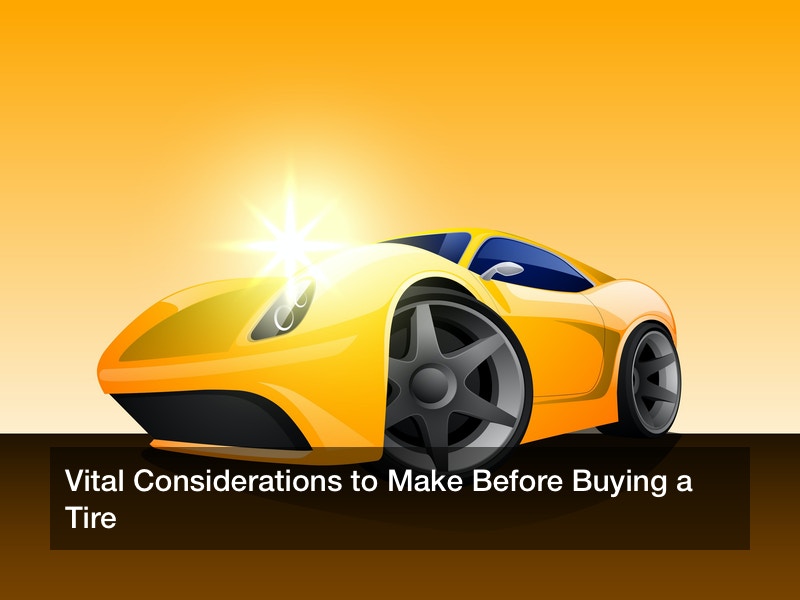
Are you considering visiting one of the Ugly Tires outlets to get new tires for your vehicle or bike? Well, it shouldn’t be a hassle because our top-seven tips can help you get the best tires. Ideally, the right tires should improve your fuel economy, safety, and the maneuverability of your vehicle. Conducting a quick visual analysis on your tires can let you know whether it’s time to get a new set of tires or not. But what are the qualities of ideal new tires?
This blog post highlights some of the seven crucial considerations that you should make when buying tires from any tire shop.
The ugly tires supply consists of four major types of off-road tires, which include sand, mud-terrain, all-terrain, and winter or snow tires. Whether off-road or on-road, there is no one-size-fits-all tire that is ideal for any vehicle. You’ll need to consider your vehicle’s specifics, driving style, and the driving terrain to make the right tire choice.
Tire Size
Car tires that don’t fit well may cause problems or even come off when you’re driving. The size of a tire gets represented by two digits on the tire code. The figures come after the letter ‘R.’ For instance, a size R15 tire has a tire code of this kind P197/40/R15/V, and you should always check this code to determine whether the tire is ideal for your vehicle.
Tire Width
The first three digits of your tire code or label show the width of the tire. For instance, a tire with a code such as P197/40/R15/V has a diameter of 197 millimeters. The width of your tire influences its grip, and if the hold is wide, then the tire has a better grip. Wide tires are ideal for wet roads, terrains, and seasons.
Speed Rating
If you’ll be driving at a high speed, then you need a tire with a better grip so as to get better stopping power and maneuverability. The last letter on your tire label indicates the speed rating of the tire. For instance, a tire with a label such as P197/40R15/V has a speed rating of V. These letters that indicate speed correspond to specific letters on the speed chart, as shown in the table below.
Tire Speed chart:
Q – 160 km/h
S – 180 km/h
T – 190 km/h
U – 200 km/h
H – 210 km/h
V – 240 km/h
W – 270 km/h
Y – 300 km/h
(Y) – Above 300 km/h
Tire Profile
The tire profile is the thickness of your tire’s sidewall as a percentage of the entire tire width. The tire profile is related to your tire’s girth, and you can find it before the tire size. For instance, a size R15 tire has a tire code of P197/40/R15/V, and figure 40 stands for the profile of the tire.
Tire Age
Any ugly tires from the retail outlets get made from degradable materials that lose their strength and quality with time. Tires in ugly tires outlets don’t have to be on the road to get old or deteriorate. The rubber may soften with time and lose its quality. As such, it’s advisable to buy tires that are not more than six years old. Always check the four digits of the DOT code to know the date of manufacture of the type of tires that you buy.
Tread Pattern
Tires can have asymmetrical, directional, or symmetrical treads. Symmetrical treads are the most common types of tire treads, and they’re ideal for quiet performance. But they don’t do so well in the rain. The tires with a directional tread are better for rain performance because they can grip the road well and disperse the water.
The type of ugly tires that you can buy at one of their outlets depends on your type of vehicle, driving terrain, climate, speed, and the level of control that you need to stop or maneuver your vehicle. To get the best tires, you should consider all the cited factors above, as well as other miscellaneous considerations such as price and tire warranties.
